I recently received a copy of The Complete Gettysburg Guide by J.D. Petruzzi and Steven Stanley and I wanted to share my thoughts on the book. To begin, this is by far one of the best guides to the Battle of Gettysburg that I have read. In addition to detailing the three days of the Battle of Gettysburg, this guide also provides the reader information on events related to the Gettysburg Campaign such as the Battles of Hunterstown and Fairfield. Additional sections of The Complete Gettysburg Guide include tours of various historical sites within the town of Gettysburg, the Soldiers’ National Cemetery, Gettysburg’s Evergreen Cemetery, rock carvings on the battlefield (my personal favorite) and tours of different Battlefield Hospital sites.
Throughout the guide, there are hundreds of photographs ranging from original photographs taken shortly after the battle to full-color photographs that provide the reader with a visual representation of the narrative text. In addition to the photographs, the Guide contains 60 highly-detailed maps by Steven Stanley. These maps help the reader to better understand how Union and Confederate troops were positioned or how a particular attack occurred. These maps (see sample below) are rich in detail and even include a small clock to show the approximate time the event occurred.
The Guide, which took approximately two years for the author to write, is rich in details, facts, first-person accounts and human interest stories from the battle. Additionally, throughout the book are many “Did You Know” boxes that greatly supplement the text by providing interesting facts about different parts of the battle or the town of Gettysburg. Finally, in addition to detailed driving directions, The Complete Gettysburg Guide provides map coordinates for many locations on the battlefield (such as the rock carvings). So, now you can pre-load your portable GPS or even plug the coordinates into Google Earth and find the precise locations on the battlefield.
I also sent a few questions to Mr. Petruzzi about the book and I thought I would share some of that interview with you:
Question: How did you get interested in the Civil War and Gettysburg in particular?
J.D. Petruzzi: I took my first trip there as part of a class trip in the 6th grade. So Gettysburg was my first introduction to the Civil War. After that I became very interested in American history, especially the CW, Indian Wars, Colonial period, etc. Gettysburg was always my primary interest because it’s close to my home, and my cavalry interest was fed by the campaign – great stuff with Brandy Station, Buford opening the Gettysburg battle, and the actions along the retreat. It has always held the greatest interest for me, although over the decades I’ve studied just about anything and everything related to the CW.
Question: What is your favorite part(s) of the Gettysburg Battlefield?
J.D. Petruzzi: The first day’s field for sure, since it’s the least visited and least understood. Of course I love the areas of the cavalry actions – South Cavalry Field, East Cavalry Field, Fairfield, Hunterstown. I’ve long enjoyed spending hours in the National Cemetery. I also love Little Round Top – like everyone else, I enjoy spending “thinking” hours up there. I also really enjoy the monuments and spending a lot of time looking them over very carefully.
Question: How do you think teachers can use your book and website to teach about the Civil War?
J.D. Petruzzi: The campaign overview gives a good, capsule view of the campaign in general. But the book, in it’s entirely, teaches the lesson that there’s much more to Gettysburg than just the main battle and the main battlefield. There’s a human cost to war – our tour of the field hospital sites hopefully shows that and shows just how much of the area the battle and resulting casualties touched (and more). The rock carvings done by veterans demonstrate that it was important to the participants to be able to return to the field and mark for all eternity what spots were emblazoned on their memory. And we hope the personal vignettes of the main battle tour give visitors an idea of some of the personal struggles and heroic deeds by participants – just a few of many. Large battles and campaigns are comprised of the deeds of individuals – the whole is a sum of its parts, in other words. Pickett’s Charge is seen as a massive, 13,000-man charge – but each man in the line was concerned with what was going on in his immediate space; and chances are that he was marching alongside his brother, friend, neighbor… hopefully the visitor comes away with a sense that Gettysburg, like all other conflicts, was very personal for each participant.
Mr. Petruzzi is also the author of the Hoofbeats and Cold Steel Blog
I highly recommend that you purchase a copy of The Complete Gettysburg Guide to add to your collection.
As part of my review, I also received a copy of The New Civil War Handbook by Mark Hughes that I am going to give away. I plan to write a review of this book next. So to enter to win this book, simply leave a comment on this post by November 20th and I’ll have one of my kids pick a random entry.

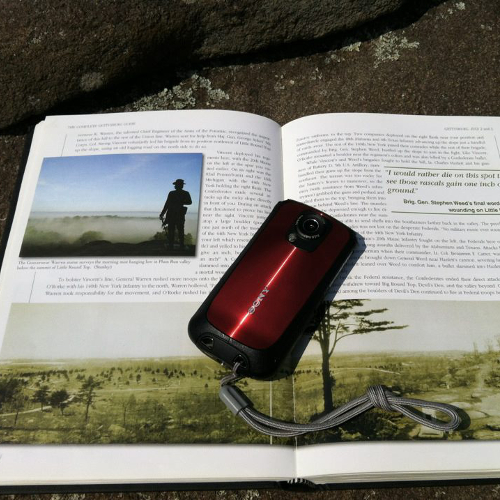
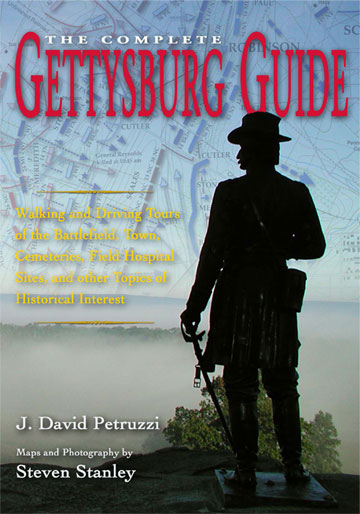
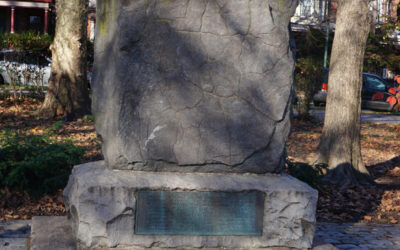
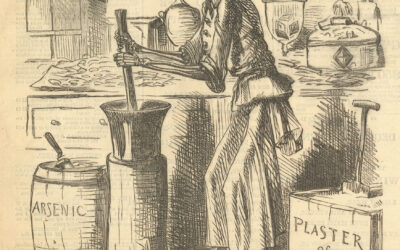
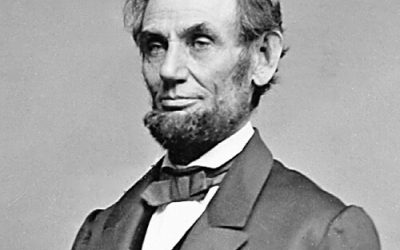
Jim,
Thank you for all your kind words about the Complete Gettysburg Guide. It was a pleasure working on this book and with J.D. and I am looking forward to our next book, the Complete Antietam Guide (working title. Both J.D. and myself will be in Gettysburg over the Rememberance Day weekend, so feel free to look us up.
Steve Stanley
This looks like a beautiful book. 🙂
I enjoyed seeing Gettysburg in person after much time and enjoyment spent in personal research and study. However the experience would have been greatly added to if I could have had a well written guide to take with me rather than using memory combined with signs and plaques. This guide looks great for that very purpose. Thanks for sharing.
DTD